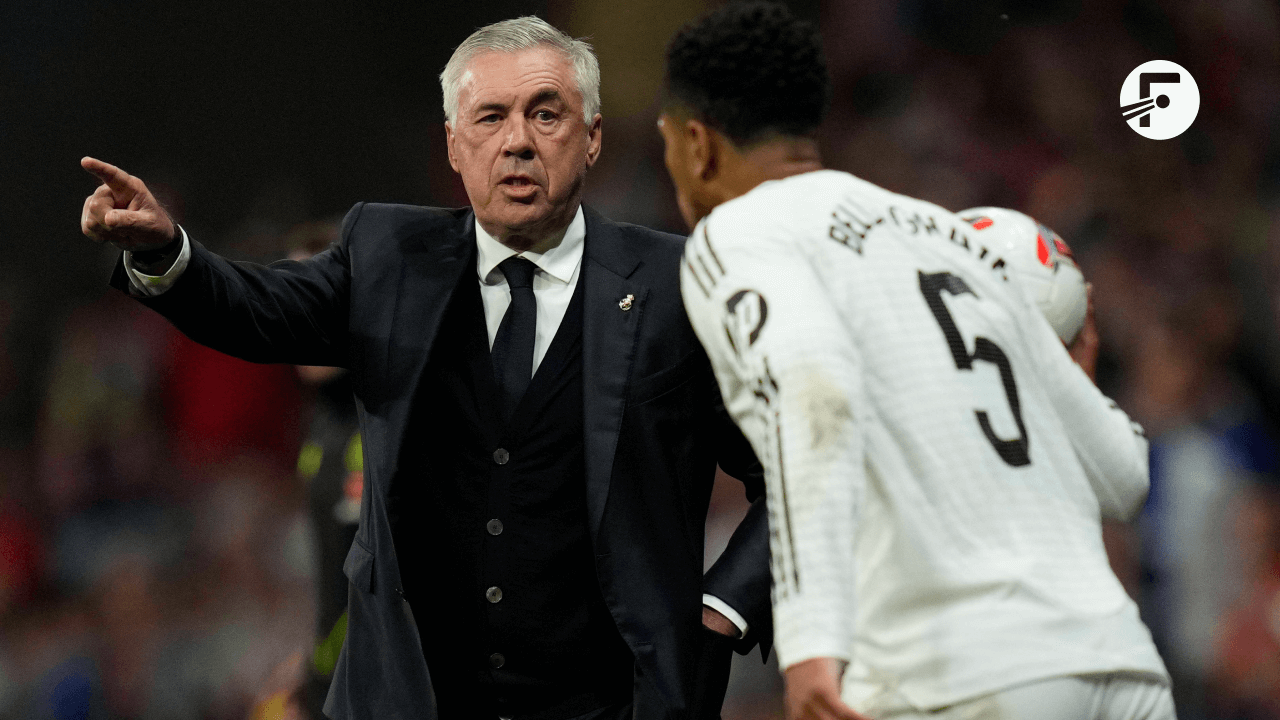Real Madrid went into last weekend’s Clásico aiming to match Barcelona’s record of going unbeaten for 43 matches in LaLiga. Instead, they were given a stark reality check in a four-goal thrashing. The European champions have not had the best of starts to the season, so they have a lot to work on if they are to win yet more silverware by the end of it.
By Neel Shelat
Real Madrid haven’t looked at their sharpest since the start of the season, and results are finally catching up with them. After going unbeaten for their first ten games and winning seven of them, Los Blancos have lost two of the last five, including away at Lille in the Champions League and, of course, the most recent Clásico.
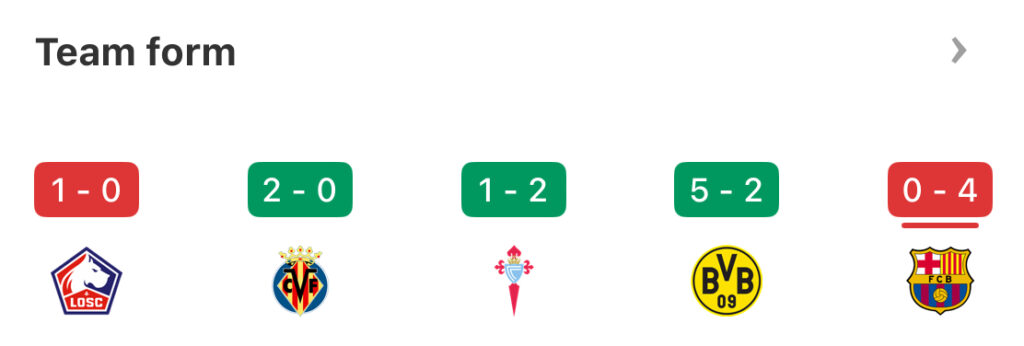
In each of these games, their performances have been pretty subpar. They just about edged out Villarreal in a relatively quiet game, were outplayed by Celta Vigo at times and could easily have lost to Dortmund before the German side made some questionable tactical tweaks and threw away the game.
The underlying numbers give a good account of where Carlo Ancelotti’s side are at the moment. They have already dropped six points behind Barcelona in LaLiga, and the Expected Points figures suggest they aren’t performing at the level to mount a serious title challenge unless Barcelona significantly drop off.
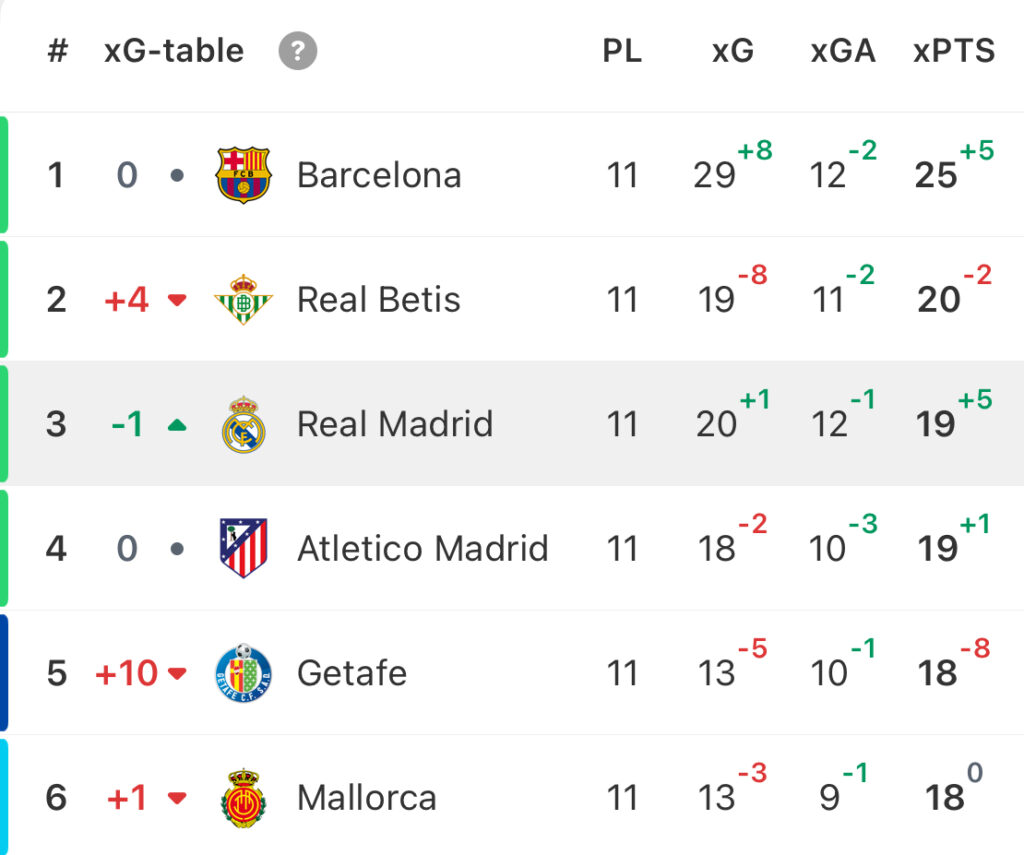
Of course, Barça have been great under Hansi Flick so far, but Real Madrid only have themselves to blame for not keeping up.
Unorganised defending
Real Madrid enjoyed an excellent 2023/24 season as they won both LaLiga and the Champions League in style. Tactically, they were often unplayable thanks to their incredibly dynamic attack which ran rings around opposition defences, but they did have some underlying defensive issues which were largely masked. Naturally, most opponents were quite cautious against them given the attacking firepower at their disposal, but certain big games showed that Los Blancos’ defence could be gotten at with the right approach.
This was most evident in the Champions League knockouts, in which Ancelotti’s side rode their luck a fair bit. They were let off the hook by RB Leipzig’s wastefulness in the Round of 16 and were very fortunate to be able to take the quarterfinal to penalties as Manchester City missed truckloads of chances.
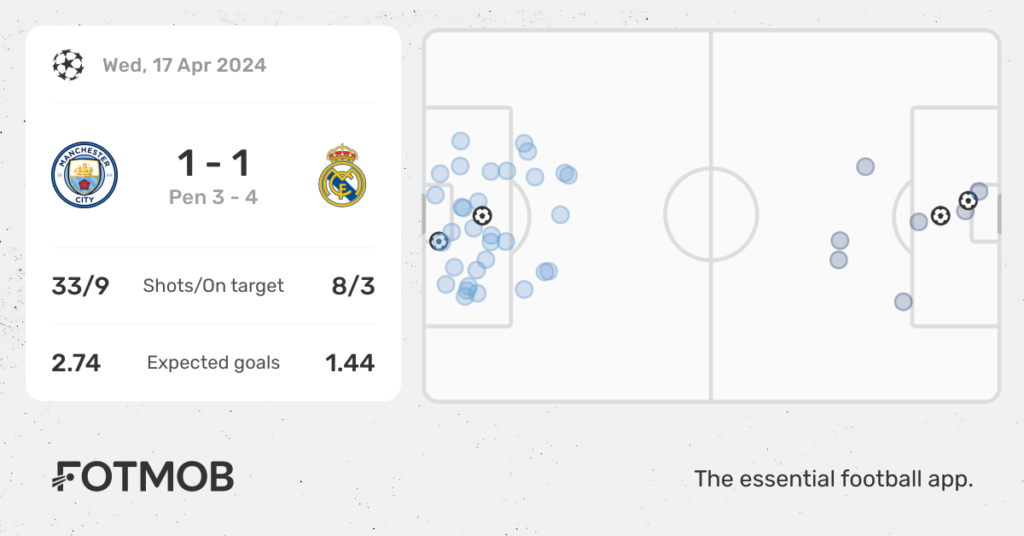
In fact, their initial setup in the final was very poor and exploitable too. Borussia Dortmund created quite a few presentable chances – amassing 1.88 xG in the first half alone – but they just failed to find the back of the net. The German side then fell away in the second half as Real Madrid made a couple of adjustments, ultimately winning thanks to a pair of fairly late goals.
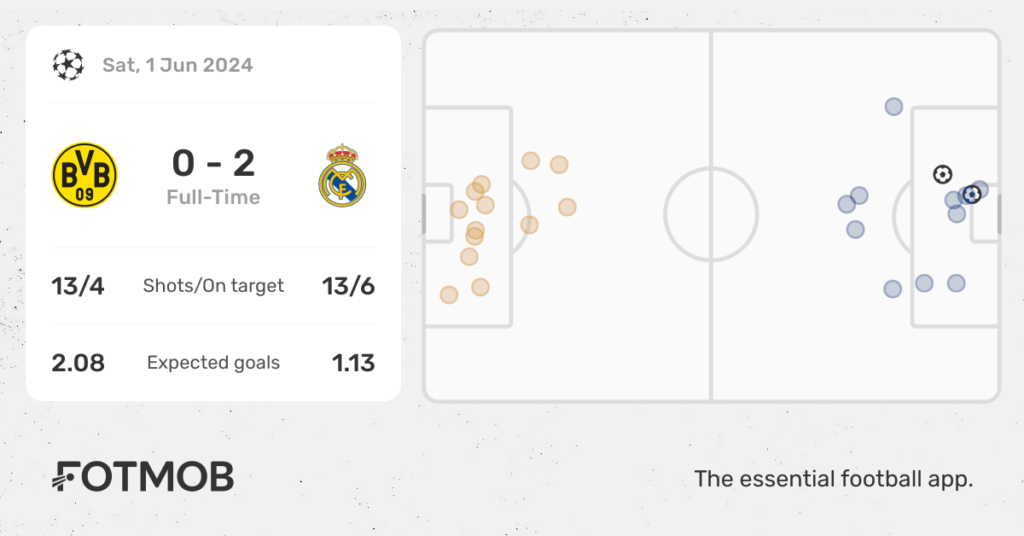
There are a few factors that explain Real Madrid’s defensive issues, but chief among them is their very tactical setup. Ancelotti has tended to set his side up in a variant of the 4-4-2 formation out of possession, usually starting with a 4-3-1-2 high block last season as Jude Bellingham stepped up. However, their press was rarely ever properly coordinated as the English midfielder tended to be quite intense while Vinícius Júnior took it very easy, so opponents that wanted to play out from the back could easily do so. Older players like Luka Modrić and Toni Kroos didn’t help their cause in midfield either, so Real Madrid’s high block and press were very porous.
Ultimately, it was the top-class defensive quality of their younger midfielders and centre-backs that led Los Blancos to concede the lowest xG tally in the league. These players made their deeper block much more solid while the counterattacking threat of Vinícius instilled fear into opponents, but from an organisational point of view, Real Madrid were far from the best team in Spain – let alone Europe or the world.
Since they lead and win games more often than not, Real Madrid’s inability to press generally isn’t a problem because they do not need to force the issue. However, this can be a real issue when trailing in a big game. Indeed, this is precisely what cost them in the second half last weekend, as Barcelona were able to comfortably knock it around and had great opportunities to spring forward when Real Madrid looked to step up, thus creating five big chances and scoring four goals.
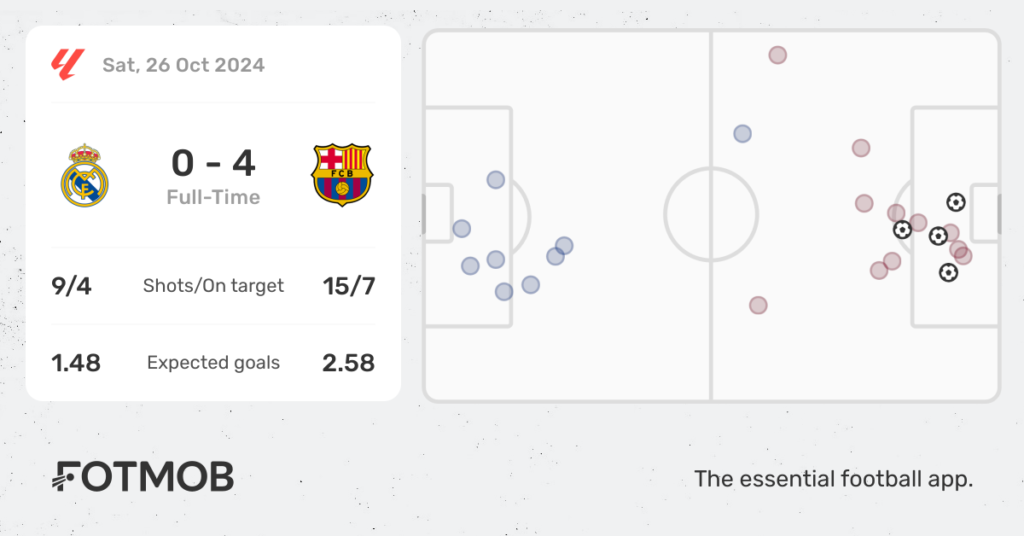
Of course, the addition of Kylian Mbappé – another attacker whose defensive application isn’t the highest – has not helped matters, so Ancelotti has a difficult problem to solve here.
Misfiring attack
A big part of the reason why Real Madrid’s defensive issues have been exacerbated this season is the fact that their attack has been quite disjoined so far, which is a stark contrast from last season. They were able to race into leads and comfortably control games in 2023/24, but their failure on the first count is what has led to this chain reaction.
Mbappé’s arrival in the summer necessitated a rejig from the 4-3-1-2 formation of last season, in which Bellingham operated as a very high attacking midfielder and often was the chief box presence since no recognised striker was used. He had to be pushed back to accommodate the Frenchman, whose preference to drift out to the left alongside Vinícius has also made Real Madrid’s attack even more lopsided than it was.
All of these were predictable issues, so the expectation was that Ancelotti would be able to find a brilliant formula just as he did after Bellingham’s arrival in 2023. So far, though, his 4-2-3-1 formation with Mbappé as the striker, Bellingham as a deeper number ten, Vinícius on the left and generally Rodrygo on the right hasn’t done the trick. While the incredible individual quality of these attackers has often gotten them over the line, their underlying chance creation hasn’t been much better than sides like Real Betis and Villarreal, meaning it is miles off what Barcelona are doing.
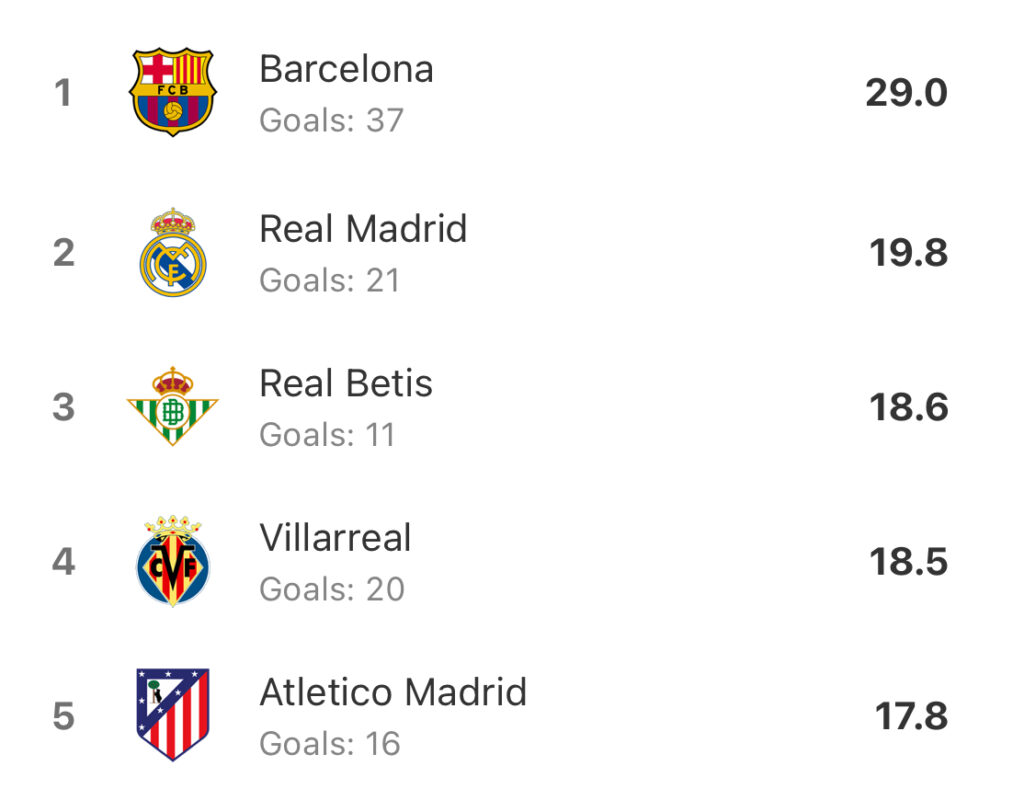
Whether it takes a new formation or just some more time for the players to get used to these new roles remains to be seen, but Ancelotti must quickly find a solution if Real Madrid are to keep up with their old rivals. If Los Blancos can get their attack fully firing again, they could well get away with some defensive issues just as they did last season.
(Cover image from IMAGO)
You can follow every Real Madrid game on FotMob – with deep stats, xG, and players ratings. Download the free app here.
